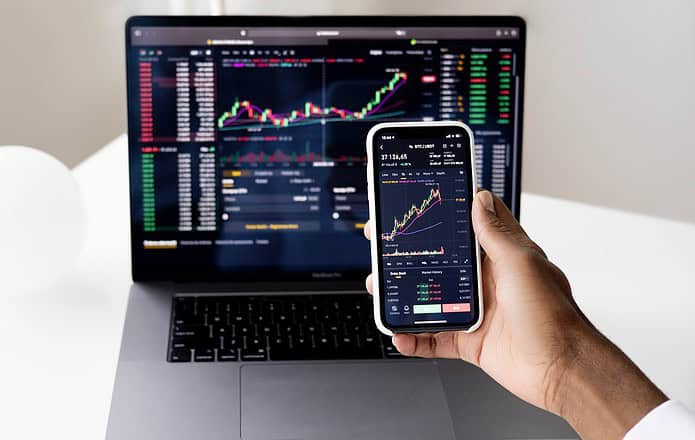Curious about the bid-ask spread and why it matters? This small gap between the buying and selling prices of an asset can significantly impact your trading success. A tight bid-ask spread means lower costs and better prices, making every trade more profitable. Understanding this key market concept can give you a competitive edge.
Let’s explore how tight spreads work and why they’re crucial for traders and investors looking to optimize their strategies and maximize returns. Visit immediate-alpha.com if you are looking for a reliable trading platform online.
Defining a Tight Bid-Ask Spread
A bid-ask spread is the difference between the price a buyer is willing to pay for an asset (bid) and the price a seller is willing to accept (ask). When we talk about a tight bid-ask spread, we mean this difference is very small. This is often seen in highly liquid markets where lots of trading happens.
For example, popular stocks like Apple or Google usually have tight spreads because many people are constantly buying and selling them. A tight spread can mean lower costs for traders because they don’t have to pay as much of a premium to buy an asset or accept as much of a discount to sell it.
Think of it like a small negotiation gap; the closer the bid and ask prices are, the easier and cheaper it is to make a deal.
Market Liquidity and Its Influence
Market liquidity refers to how quickly and easily an asset can be bought or sold in a market without affecting its price. High liquidity means there are lots of buyers and sellers, so transactions can happen smoothly and quickly. This is crucial for a tight bid-ask spread.
When there are plenty of participants in the market, competition among them keeps the spread narrow. For example, major currency pairs in the forex market typically have tight spreads due to their high liquidity.
On the other hand, a stock that isn’t traded often will likely have a wider spread because fewer buyers and sellers are available. High liquidity helps traders execute their orders at favorable prices, reducing their trading costs and making the market more efficient.
Role of Market Makers and High-Frequency Traders
Market makers are firms or individuals who continuously buy and sell assets to provide liquidity to the market. They quote both a buy price and a sell price for an asset, helping to ensure there are always opportunities for traders to transact. By doing this, they help maintain tight bid-ask spreads.
High-frequency traders (HFTs) also play a significant role in this process. Using advanced algorithms, HFTs can execute a large number of trades in fractions of a second. Their activity increases market liquidity and competition, contributing to narrower spreads.
For instance, in the stock market, market makers and HFTs are essential for keeping spreads tight, especially during high volatility. This benefits all market participants by making trading cheaper and more efficient.
Significance of Tight Bid-Ask Spreads for Traders and Investors
A tight bid-ask spread is beneficial for traders and investors because it reduces the cost of entering and exiting positions. For traders, lower transaction costs mean more profit potential.
For investors, it means they can buy and sell assets closer to their true value. Imagine you’re trading a stock with a wide spread; you’d have to pay more to buy it and receive less when selling, cutting into your potential gains. Tight spreads are particularly important for day traders and those who trade frequently.
Even small cost savings can add up significantly over time. Additionally, tight spreads are an indicator of a healthy, liquid market, which is attractive to all types of investors. It’s always a good idea to check the spread before making a trade, as it can give you insight into the market’s liquidity and the potential cost of your transaction.
Conclusion
In trading, a tight bid-ask spread isn’t just a detail; it’s a vital sign of market efficiency and liquidity. By focusing on these narrow margins, traders can cut costs and boost profits. Whether you’re a seasoned investor or new to the market, recognizing the importance of a tight bid-ask spread can enhance your trading approach. Always keep an eye on the spread to make smarter, more cost-effective decisions and improve your overall market performance.








